Διαδικασία Εστίασης – Focusing
Το Focusing (Διαδικασία Εστίασης) (link: International Focusing Institute) είναι μια βιωματική διαδικασία επικέντρωσης στο σώμα με στόχο την αποκωδικοποίηση των μηνυμάτων και πληροφοριών που αυτό φέρει αναφορικά με ένα θέμα ή με μια κατάσταση που ζούμε.
Τις φιλοσοφικές, θεωρητικές και επιστημονικές αρχές του Focusing ξεκίνησε να διατυπώνει κατά τη δεκαετία του 60 ο Eugene Gendlin (wikipedia link), φιλόσοφος, ψυχοθεραπευτής και επιστημονικός συνεργάτης του Carl Rogers (wikipedia link) στο πανεπιστήμιο του Chicago.
Γενικά για τα βήματα της διαδικασίας Focusing
Βασίζεται όμως σε μια σειρά συγκεκριμένων βημάτων, τα οποία μπορούν να λειτουργήσουν σαν πυξίδα για την εκμάθηση, εξάσκηση και εφαρμογή του. Τα βήματα αυτά ακολουθούν μια εσωτερική πορεία, που σταδιακά οδηγεί στην ζητούμενη σωματική αίθηση, η οποία βρίσκεται στο μεταίχμιο (thinking at the edge), ανάμεσα στο συνειδητό και το ασυνείδητο.
Προετοιμασία
Διατύπωση θέματος
Επικέντρωση στο σώμα
Διαδικασία Εστίασης
Βήμα 1. Δημιουργία εσωτερικού ελεύθερου «χώρου»
Βήμα 2. Επανάληψη του θέματος και Αναμονή για την εμφάνιση της «βιωμένης αίσθησης» (felt sense)
Βήμα 3. Αναζήτηση του κατάλληλου «συμβόλου»
Βήμα 4. Αντήχηση / Καθρέφτισμα ανάμεσα στη βιωμένη αίσθηση και το σύμβολο
Βήμα 5. Βιωμένη Αλλαγή
Βήμα 6. Εσωτερικός διάλογος
Βήμα 7. Ολοκλήρωση της διαδικασίας
Περισσότερα στα παρακάτω links:
Τι είναι το Focusing
Ιστορική αναδρομή
Τα έξι βήματα (ή τα επτά βήματα)
Βασικοί όροι
Πως μπορεί να βοηθήσει το Focusing
Focusing - Eugene Gendlin
Introduction to Focusing
(Eugen Gendlin)
So, with the caveat that what follows is simple scaffolding for you to use as long as it’s useful and then to move beyond, we offer to you six steps, a taste of the process.
The inner act of focusing can be broken down into six main sub-acts or movements. As you gain more practice, you won?t need to think of these as six separate parts of the process. To think of them as separate movements makes the process seems more mechanical than it is ? or will be, for you, later. I have subdivided the process in this way because I?ve learned from years of experimenting that this is one of the effective ways to teach focusing to people who have never tried it before.
Think of this as only the basics. As you progress and learn more about focusing you will add to these basic instructions clarify them, approach them from other angles. Eventually ? perhaps not the first time you go through it ? you will have the experience of something shifting inside.
So here are the focusing instructions in brief form, manual style. If you want to try them out, do so easily, gently. If you find difficulty in one step or another, don’t push too hard, just move on to the next one. You can always come back.
Clearing a space
Felt Sense
Handle
Asking
If you get a quick answer without a shift in the felt sense, just let that kind of answer go by. Return your attention to your body and freshly find the felt sense again. Then ask it again.
Be with the felt sense till something comes along with a shift, a slight «give» or release.
Receiving
IF DURING THESE INSTRUCTIONS SOMEWHERE YOU HAVE SPENT A LITTLE WHILE SENSING AND TOUCHING AN UNCLEAR HOLISTIC BODY SENSE OF THIS PROBLEM, THEN YOU HAVE FOCUSED. It doesn?t matter whether the body-shift came or not. It comes on its own. We don?t control that.
Focusing με Παιδιά
Για περισσότερες πληροφορίες, κάντε κλικ στην εικόνα
Σχέδιο: Heidi Essler
http://www.focusing.org/chfc/articles/manuals/Some-Guidelines-for-Helping-Children-with-Focusing-English.pdf



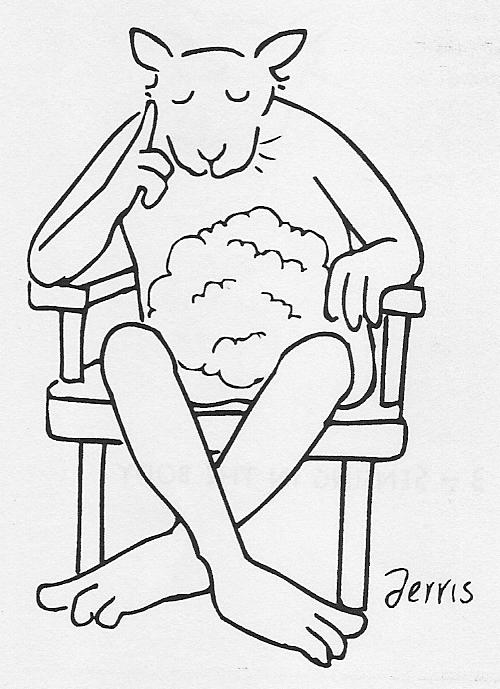
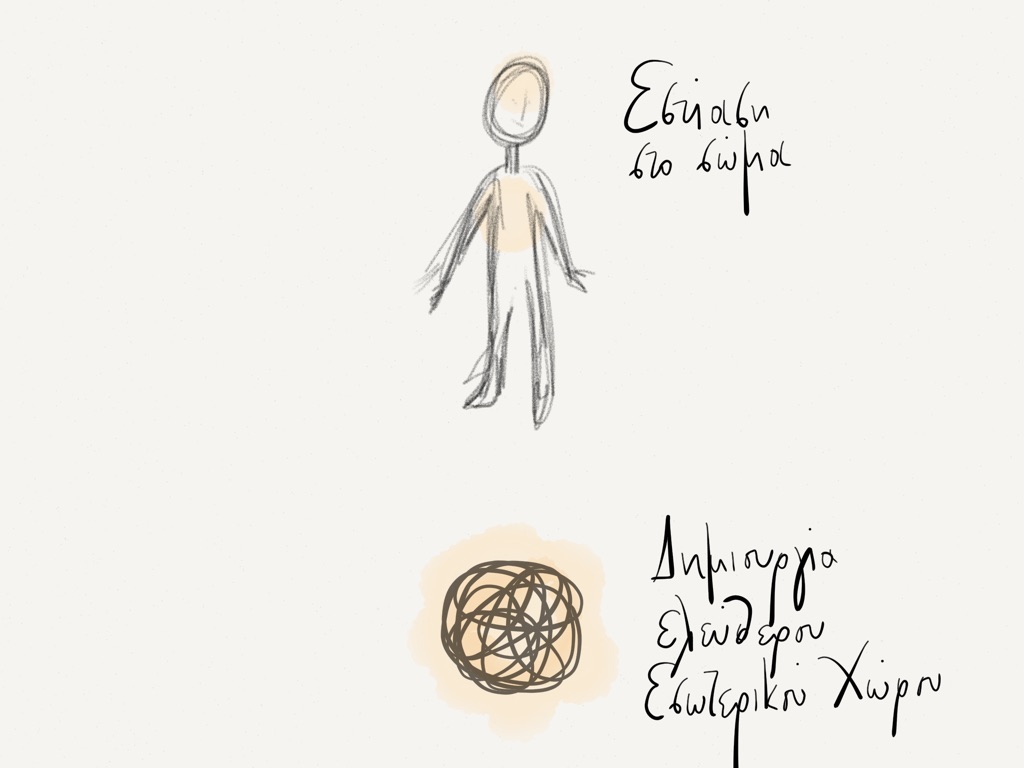
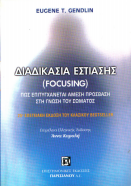
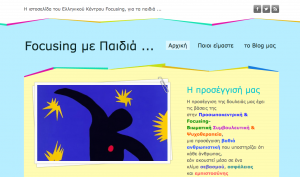
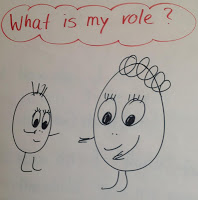
Social Links